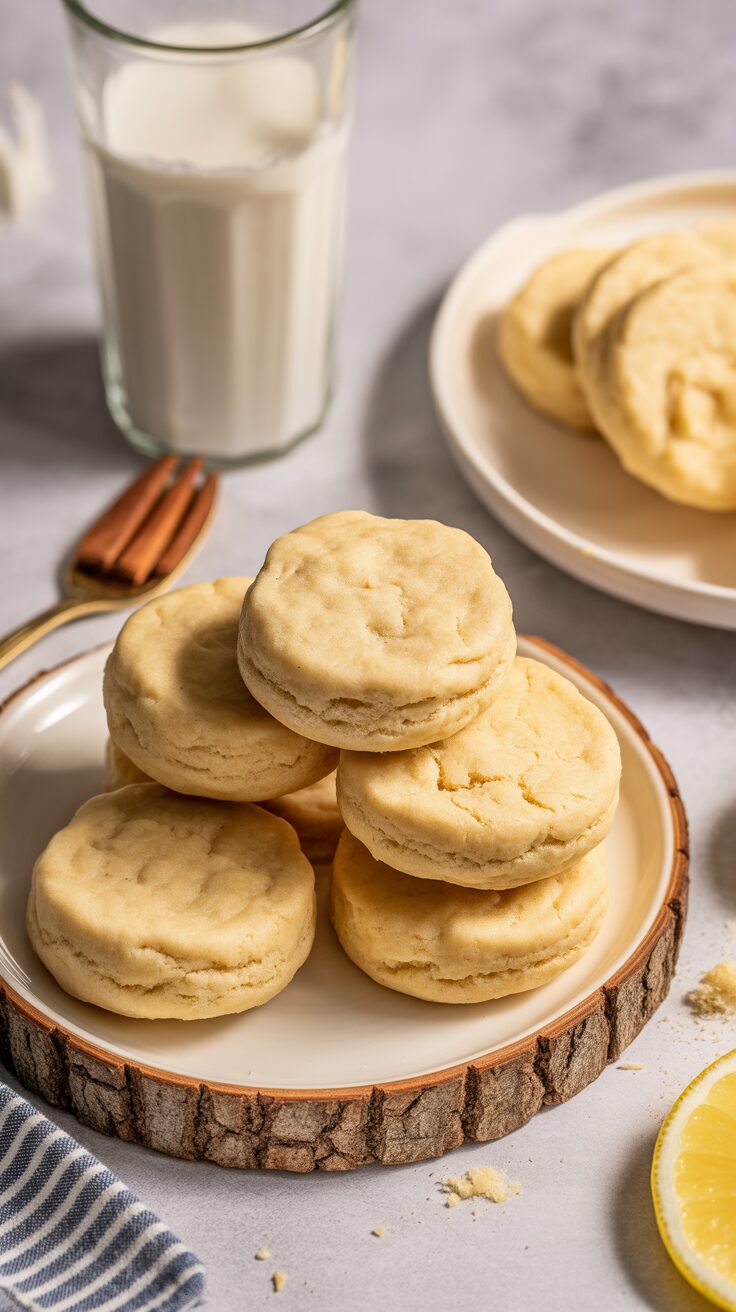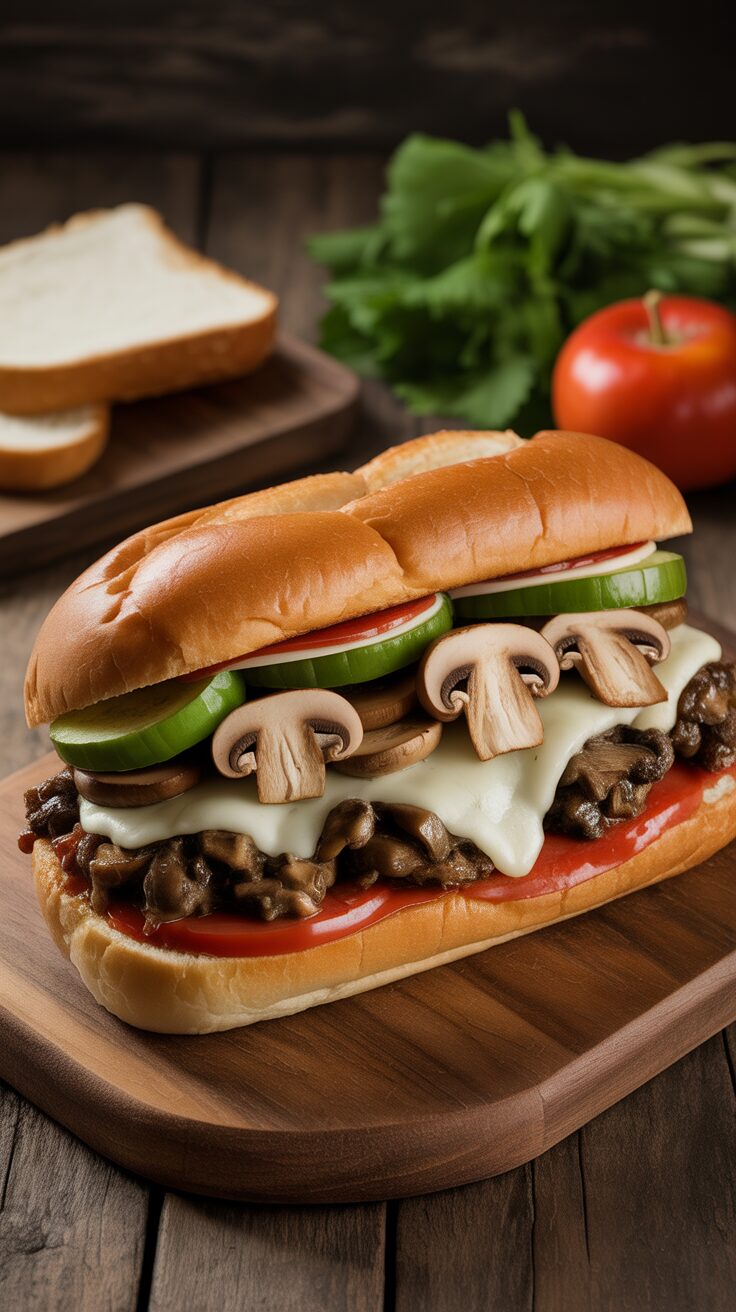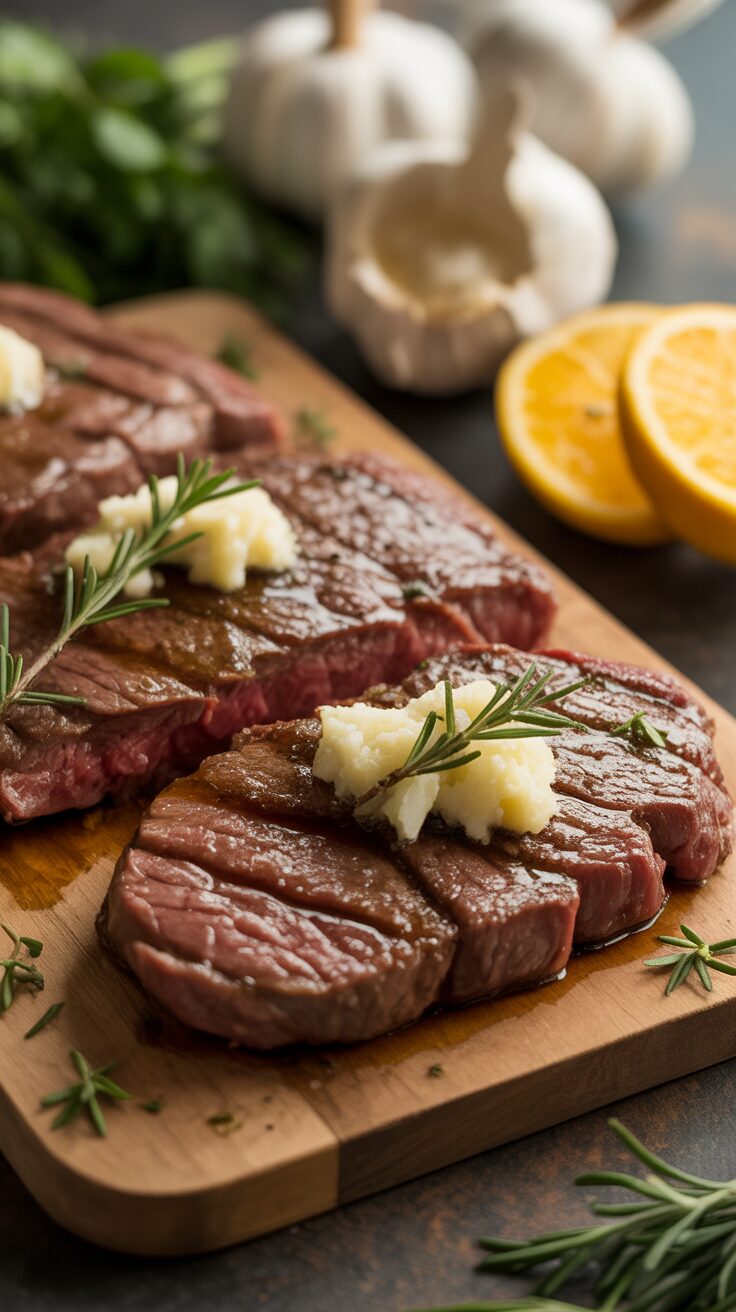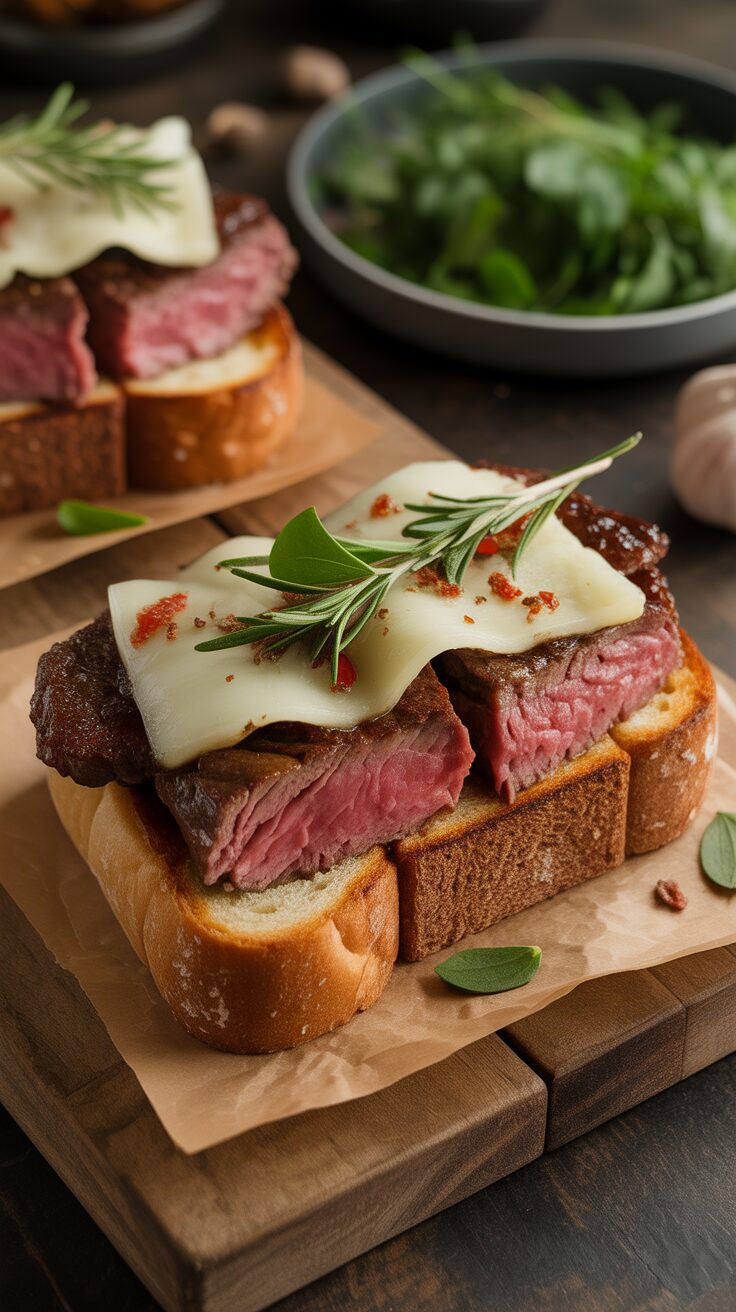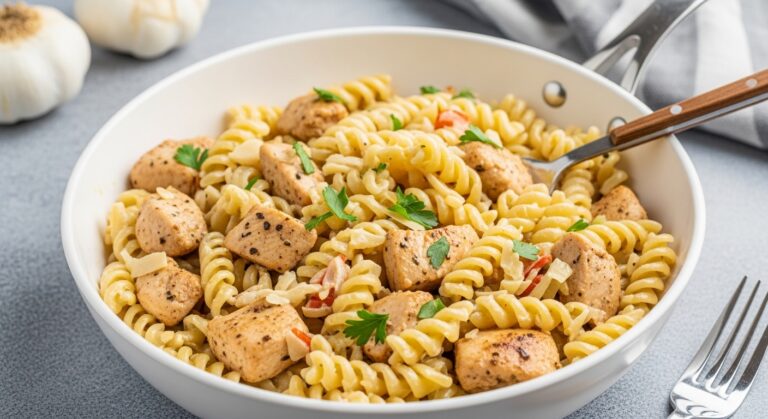15 Healthy Salmon Recipes: Nutritious and Delicious Meal Ideas

Salmon stands out as one of the healthiest proteins you can eat, packed with omega-3 fatty acids, high-quality protein, and essential vitamins that support heart health, brain function, and overall wellness. Beyond its impressive nutritional profile, salmon delivers rich, buttery flavor that transforms simple ingredients into restaurant-quality meals in minutes.
These healthy salmon recipes prove that eating well doesn’t mean sacrificing taste or spending hours in the kitchen. From quick weeknight dinners ready in 20 minutes to elegant dishes perfect for entertaining, each recipe maximizes salmon’s natural flavors while keeping preparations light and nutritious. Whether you prefer baked, grilled, or pan-seared salmon, you’ll find options that fit your lifestyle and dietary goals.
The beauty of cooking salmon lies in its versatility and speed. This fatty fish cooks quickly, pairs beautifully with countless flavor combinations, and provides sustained energy without weighing you down. Let’s explore delicious ways to make salmon a regular part of your healthy eating routine.
Why These Salmon Recipes Are Healthy
Unlike many fish, salmon contains beneficial fats that your body needs. These omega-3 fatty acids reduce inflammation, support cardiovascular health, and may improve brain function. Each serving provides approximately 25 grams of protein, making it excellent for muscle maintenance and satiety.
These recipes emphasize clean cooking methods like baking, grilling, and steaming rather than frying. Fresh vegetables, herbs, citrus, and healthy fats complement the salmon without adding excessive calories or unhealthy ingredients. Most recipes clock in under 400 calories per serving while delivering complete nutrition.
Recipe Overview
| Cooking Method | Time Required | Calories per Serving | Difficulty |
|---|---|---|---|
| Baked | 15-25 minutes | 300-400 | Easy |
| Grilled | 10-15 minutes | 280-380 | Easy |
| Pan-Seared | 10-12 minutes | 320-400 | Easy |
| Poached | 12-15 minutes | 250-350 | Moderate |
15 Healthy Salmon Recipes
1. Lemon Herb Baked Salmon
Simple, classic, and foolproof. Fresh salmon fillets brushed with olive oil and topped with lemon slices, garlic, and fresh herbs, then baked until perfectly flaky. This basic preparation lets salmon’s natural flavor shine.
Cook time: 15 minutes at 400°F
Herbs to use: Dill, parsley, thyme, or rosemary all complement salmon beautifully. Use whatever you have fresh.
Nutrition: Approximately 320 calories, 24g protein, 3g carbs, 23g healthy fats
Perfect pairing: Serve with roasted asparagus and quinoa for a complete, balanced meal.
2. Honey Garlic Glazed Salmon
A sweet and savory glaze made with honey, soy sauce, garlic, and ginger creates a caramelized coating that’s absolutely irresistible. This restaurant favorite comes together in just 20 minutes.
Total time: 20 minutes
Glaze ingredients: Mix honey, low-sodium soy sauce, minced garlic, fresh ginger, and a squeeze of lime juice for balanced flavor.
Cooking method: Bake at 425°F for 12-15 minutes, brushing with glaze halfway through for maximum caramelization.
Serving suggestion: Pair with brown rice and steamed broccoli for a nutritious, satisfying dinner.
3. Mediterranean Salmon
Salmon topped with cherry tomatoes, Kalamata olives, capers, and feta cheese, then baked in a parchment packet. This Greek-inspired dish is bursting with Mediterranean flavors and requires minimal cleanup.
Baking time: 18 minutes at 375°F
Flavor profile: The combination of briny olives, tangy capers, and creamy feta creates complex, satisfying taste without heavy sauces.
Parchment cooking: Sealing ingredients in parchment allows salmon to steam in its own juices, keeping it incredibly moist.
4. Teriyaki Salmon Bowl
Glazed teriyaki salmon served over brown rice with edamame, cucumber, avocado, and pickled ginger. This Japanese-inspired bowl provides complete nutrition in one beautiful dish.
Ready in: 25 minutes
Homemade teriyaki: Simmer soy sauce, honey, garlic, ginger, and cornstarch until thickened for a healthier version than store-bought.
Bowl components: Brown rice for fiber, edamame for plant protein, avocado for healthy fats, and fresh vegetables for vitamins.
5. Grilled Salmon with Mango Salsa
Perfectly grilled salmon topped with fresh mango salsa featuring diced mango, red onion, cilantro, jalapeño, and lime juice. This tropical combination is refreshing, colorful, and packed with vitamins.
Grilling time: 4-5 minutes per side over medium-high heat
Salsa prep: Make the salsa 30 minutes ahead so flavors can meld. The sweetness of mango balances salmon’s richness perfectly.
Summer favorite: This light, fresh dish is perfect for warm weather dining and outdoor entertaining.
6. Asian-Glazed Salmon
Salmon brushed with a mixture of sesame oil, rice vinegar, honey, and soy sauce, then baked and sprinkled with sesame seeds and green onions. This Asian-fusion recipe delivers big flavor with minimal ingredients.
Baking time: 15 minutes at 425°F
Sesame boost: Both sesame oil in the glaze and toasted sesame seeds on top provide nutty flavor and healthy fats.
Nutrition boost: Serve over cauliflower rice for a lower-carb option that’s still satisfying.
7. Dijon Maple Salmon
Tangy Dijon mustard mixed with pure maple syrup creates a sophisticated glaze that caramelizes beautifully. This elegant preparation is simple enough for weeknights yet impressive enough for guests.
Cook time: 18 minutes
Balance of flavors: The sharpness of Dijon balances maple’s sweetness, creating a complex taste that enhances rather than masks the salmon.
Roasting tip: Brush the glaze on before and after cooking for layers of flavor and a glossy finish.
8. Pesto Salmon
Salmon fillets topped with fresh basil pesto and cherry tomatoes, then baked until flaky. The herbaceous pesto adds vibrant flavor and healthy fats from olive oil and nuts.
Total time: 20 minutes
Pesto options: Use store-bought for convenience or make fresh pesto with basil, garlic, pine nuts, parmesan, and olive oil.
Add vegetables: Arrange asparagus spears or green beans around the salmon to cook simultaneously.
9. Blackened Salmon
Salmon coated in a bold Cajun spice blend and seared in a hot skillet until a flavorful crust forms. This Louisiana-inspired preparation packs serious flavor without added calories.
Cook time: 10 minutes
Spice blend: Paprika, cayenne, garlic powder, onion powder, thyme, and oregano create authentic Cajun flavor. Adjust heat level to your preference.
Cooking method: Use a cast-iron skillet heated until very hot for the best blackened crust.
10. Salmon and Vegetable Sheet Pan
Complete meal on one pan with salmon, Brussels sprouts, sweet potatoes, and red onions all roasted together. This hands-off method makes cleanup easy while delivering balanced nutrition.
Roasting time: 25 minutes at 425°F
Timing strategy: Start vegetables first, then add salmon after 10 minutes since it cooks faster than root vegetables.
Meal prep friendly: Make multiple servings and divide into containers for healthy lunches all week.
11. Coconut Curry Salmon
Salmon simmered in aromatic coconut curry sauce with spinach and bell peppers. This warming, fragrant dish brings restaurant-quality Indian flavors to your home kitchen.
Simmer time: 15 minutes
Curry sauce: Coconut milk, curry powder, ginger, garlic, and turmeric create rich, complex flavor without heavy cream.
Serve over: Brown rice, quinoa, or cauliflower rice to soak up the delicious sauce.
12. Citrus Herb Grilled Salmon
Salmon marinated in orange juice, lemon juice, olive oil, and fresh herbs, then grilled to perfection. Citrus tenderizes the fish while adding bright, fresh flavor.
Marinating time: 30 minutes to 2 hours
Citrus combo: Orange adds sweetness, lemon provides tang, and lime brings brightness—use any combination you prefer.
Grilling success: Oil the grill grates well and use a fish spatula for easy flipping without sticking.
13. Sesame Ginger Salmon
Pan-seared salmon with a sauce made from fresh ginger, garlic, sesame oil, and honey. This Asian-inspired dish is ready in 15 minutes but tastes like you spent hours in the kitchen.
Ready in: 15 minutes
Sauce technique: Make the sauce while salmon cooks, then pour it over the finished fish for maximum flavor impact.
Garnish: Top with toasted sesame seeds, sliced green onions, and red pepper flakes for color and crunch.
14. Balsamic Glazed Salmon
Salmon drizzled with balsamic reduction and topped with fresh cherry tomatoes and basil. This Italian-inspired preparation is elegant, flavorful, and naturally low in calories.
Total time: 22 minutes
Balsamic reduction: Simmer balsamic vinegar with a touch of honey until thick and syrupy—this intensifies the flavor beautifully.
Best tomatoes: Use ripe cherry or grape tomatoes that burst with sweetness when roasted alongside the salmon.
15. Dill Mustard Salmon
Classic Scandinavian preparation featuring salmon with a creamy dill mustard sauce made from Greek yogurt, Dijon mustard, and fresh dill. This protein-rich sauce adds creaminess without heavy cream.
Cook time: 15 minutes
Sauce base: Greek yogurt provides creaminess and extra protein while keeping calories low compared to traditional cream sauces.
Traditional pairing: Serve with roasted potatoes and steamed green beans for a comforting, complete meal.
Salmon Cooking Techniques
Baking Salmon Perfectly
Baking is the easiest, most forgiving method for cooking salmon. Preheat your oven to 400-425°F, place seasoned salmon on a lined baking sheet, and bake for 12-15 minutes depending on thickness.
The salmon is done when it flakes easily with a fork and reaches an internal temperature of 145°F. The center should still be slightly translucent for moist, tender results—it continues cooking after removal from the oven.
Grilling for Maximum Flavor
Grilling adds smoky flavor that complements salmon beautifully. Clean and oil your grill grates thoroughly to prevent sticking. Preheat to medium-high heat and cook salmon skin-side down first if it has skin.
Cook for 4-5 minutes per side for fillets about 1 inch thick. Don’t flip too early—salmon releases naturally from the grill when it’s ready. Use a fish spatula for easy turning.
Pan-Searing for Crispy Skin
For crispy skin, pat salmon completely dry with paper towels before seasoning. Heat oil in a skillet over medium-high heat until shimmering. Place salmon skin-side down and press gently with a spatula for 30 seconds.
Cook without moving for 4-5 minutes until skin is crispy, then flip and cook for another 2-3 minutes. The skin becomes deliciously crispy while the flesh stays tender.
Health Benefits of Salmon
Omega-3 Fatty Acids
Salmon is one of the best sources of omega-3 fatty acids, which reduce inflammation throughout the body. These essential fats support heart health by lowering blood pressure, reducing triglycerides, and preventing blood clots.
Regular salmon consumption is associated with improved brain function, better mood, and reduced risk of depression. The omega-3s support cognitive health and may protect against age-related mental decline.
Complete Protein Source
Each 4-ounce serving provides approximately 25 grams of high-quality protein containing all essential amino acids. This protein supports muscle maintenance, tissue repair, and keeps you feeling full and satisfied.
Unlike some animal proteins, salmon provides this protein along with beneficial fats rather than saturated fat, making it an excellent choice for heart-healthy eating.
Vitamins and Minerals
Salmon delivers substantial amounts of B vitamins, particularly B12, which supports energy production and nervous system function. It’s also rich in selenium, an antioxidant that supports thyroid function and immune health.
The vitamin D content in salmon helps with calcium absorption and bone health. Wild-caught salmon generally contains higher levels of these nutrients compared to farmed varieties.
Shopping and Storage Tips
Wild vs. Farmed Salmon
Wild-caught salmon generally has a deeper color, firmer texture, and more pronounced flavor. It’s higher in omega-3s and minerals but costs more and has limited seasonal availability.
Farmed salmon is available year-round at lower prices and has a milder, more buttery flavor. Choose sustainably farmed salmon when possible—look for certifications from organizations that verify responsible farming practices.
Selecting Fresh Salmon
Fresh salmon should smell like the ocean—clean and mild, never fishy. The flesh should be firm and spring back when pressed, with vibrant color and no browning or drying at the edges.
For skin-on salmon, check that the skin is shiny and intact. Avoid salmon with gaps between the flesh segments, which indicates older fish.
Proper Storage
Store fresh salmon in the coldest part of your refrigerator and use within 2 days of purchase. Keep it wrapped in its original packaging or rewrap tightly in plastic wrap.
For longer storage, freeze salmon for up to 3 months. Wrap individual portions tightly in plastic wrap, then place in freezer bags with air pressed out. Thaw overnight in the refrigerator before cooking.
Frequently Asked Questions
How do I know when salmon is cooked? Salmon is done when it reaches 145°F internal temperature and flakes easily with a fork. The center should still be slightly translucent for moist results. Overcooked salmon becomes dry and chalky.
Should I remove the skin before cooking? Keep skin on during cooking—it protects the flesh and becomes deliciously crispy when properly prepared. You can easily remove it after cooking if you prefer not to eat it.
What’s the best salmon for health? All salmon varieties are healthy, but wild-caught sockeye, coho, and king salmon generally have the highest omega-3 content. Choose based on availability, budget, and personal preference.
Can I cook frozen salmon without thawing? Yes, but thawing produces better results. If cooking from frozen, add 5-8 minutes to cooking time and rinse the salmon under cold water first to remove ice crystals.
How much salmon should I eat per week? The American Heart Association recommends eating fatty fish like salmon at least twice weekly. A standard serving is 3-4 ounces cooked.
What removes the fishy smell? Soak salmon in milk for 20 minutes before cooking, then rinse and pat dry. Acidic marinades with lemon or lime juice also help neutralize fishy odors.
Which sides pair best with salmon? Roasted vegetables, quinoa, brown rice, sweet potatoes, asparagus, and leafy green salads all complement salmon’s rich flavor while maintaining a healthy meal balance.
Conclusion
These healthy salmon recipes prove that nutritious eating can be absolutely delicious and incredibly convenient. With cooking times ranging from 15-25 minutes, salmon fits easily into even the busiest schedules while delivering exceptional health benefits and satisfying flavor.
The key to great salmon is simple: don’t overcook it, season it well, and pair it with fresh, complementary ingredients. Whether you prefer sweet glazes, savory herbs, spicy rubs, or simple citrus, salmon adapts beautifully to any flavor profile you crave.
Start incorporating these recipes into your weekly meal rotation and you’ll quickly discover why salmon has become a staple for health-conscious home cooks everywhere. The combination of convenience, nutrition, and incredible taste makes it one of the most valuable proteins in your kitchen.
Now choose a recipe that sounds appealing, pick up some fresh salmon at your market, and enjoy a restaurant-quality healthy meal at home tonight. Your body and taste buds will thank you!

